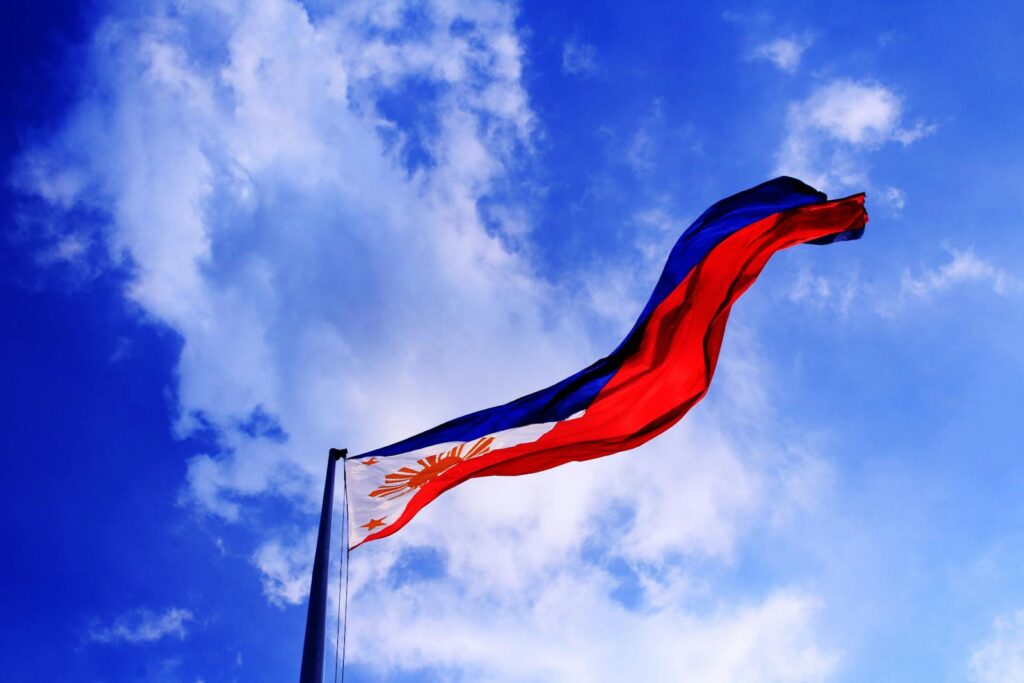
Navigating the complexities of international travel requires more than just packing your bags; it demands an awareness of potential risks and dangers that can vary significantly from one destination to the next. Governments and independent organizations alike work to provide guidance to prospective travelers, helping them make informed decisions about where it is safe to go. The US government, through its State Department, issues travel advisories that range in severity, explicitly warning citizens when the risks in certain countries are elevated.
The US State Department employs a four-level advisory system, with Level 4 representing the most extreme conditions. This level advises unequivocally that Americans should “not travel to them.” The decision to issue such a severe warning is based on various factors, including risks like terrorism, kidnapping, and other significant dangers. A contributing factor to stringent warnings can be the suspension of US embassy operations, which makes it difficult to assist travelers in trouble. As Alan Fyall, a professor of tourism, puts it, there’s a question of whether you “really want to go and rescue your citizens from a country that, really, they’re not that advised to go to in the first place?” While some travelers, including risk-takers or those visiting family or for business, may still choose to go, others, like University of South Carolina tourism professor Edward Dramberger, note that some people think the perceived risk is overstated.
Beyond governmental advisories, other sources offer valuable perspectives on global safety. The financial comparison site Hellosafe, for instance, has compiled a “travel safety index” intended not “to reflect the tourist attractiveness of a country, but rather a global index of security and safety based on the largest possible number of objective criteria.” This index evaluated countries based on 35 criteria across five core categories: the frequency of natural disasters, societal violence, involvement in armed conflict (internal or external), health infrastructure, and militarization. Each nation received a score from 0 to 100, with higher numbers indicating greater danger. With rising global tensions, understanding these various assessments is crucial for anyone planning international trips.
1. **Philippines**:
Picking summer travel destinations amidst rising global tensions can indeed feel like navigating a minefield, and the financial site Hellosafe’s survey delivered an “unexpected twist” by naming the Philippines the most dangerous country in the world for 2025. The Southeast Asian nation received an “alarming” score of 82.32 out of 100 on their travel safety index. According to the index’s findings, this high score is attributed primarily to “high levels of violence within society,” making it a significant concern for travelers.
The context provides a specific, sobering example illustrating the risks contributing to this ranking. In October 2024, a 26-year-old American YouTuber, Elliot Onil Eastman, was abducted at gunpoint from a small island in the country’s south. The incident involved four masked men who were described as “masquerading as police officers,” adding a layer of deceptive danger to the threat. Tragically, the text notes that Mr. Eastman is “currently presumed dead,” highlighting the potential severity of such incidents of societal violence and kidnapping that factor into the safety index score.
Furthermore, the presence of specific groups known for violent acts contributes to the assessment of risk, particularly in certain regions. The nation is home to “Muslim rebel groups like the Abu Sayyaf group” in the south. The context identifies this group explicitly as a “terrorist organization known for kidnapping foreigners for ransom,” a detail that underscores the severe and targeted dangers that can exist for international visitors. Despite these significant safety concerns, the Philippines remained a popular destination in 2024, with 5.4 million foreign tourists visiting the islands, potentially “unaware of the risks lurking beneath its idyllic beaches and lush landscapes.
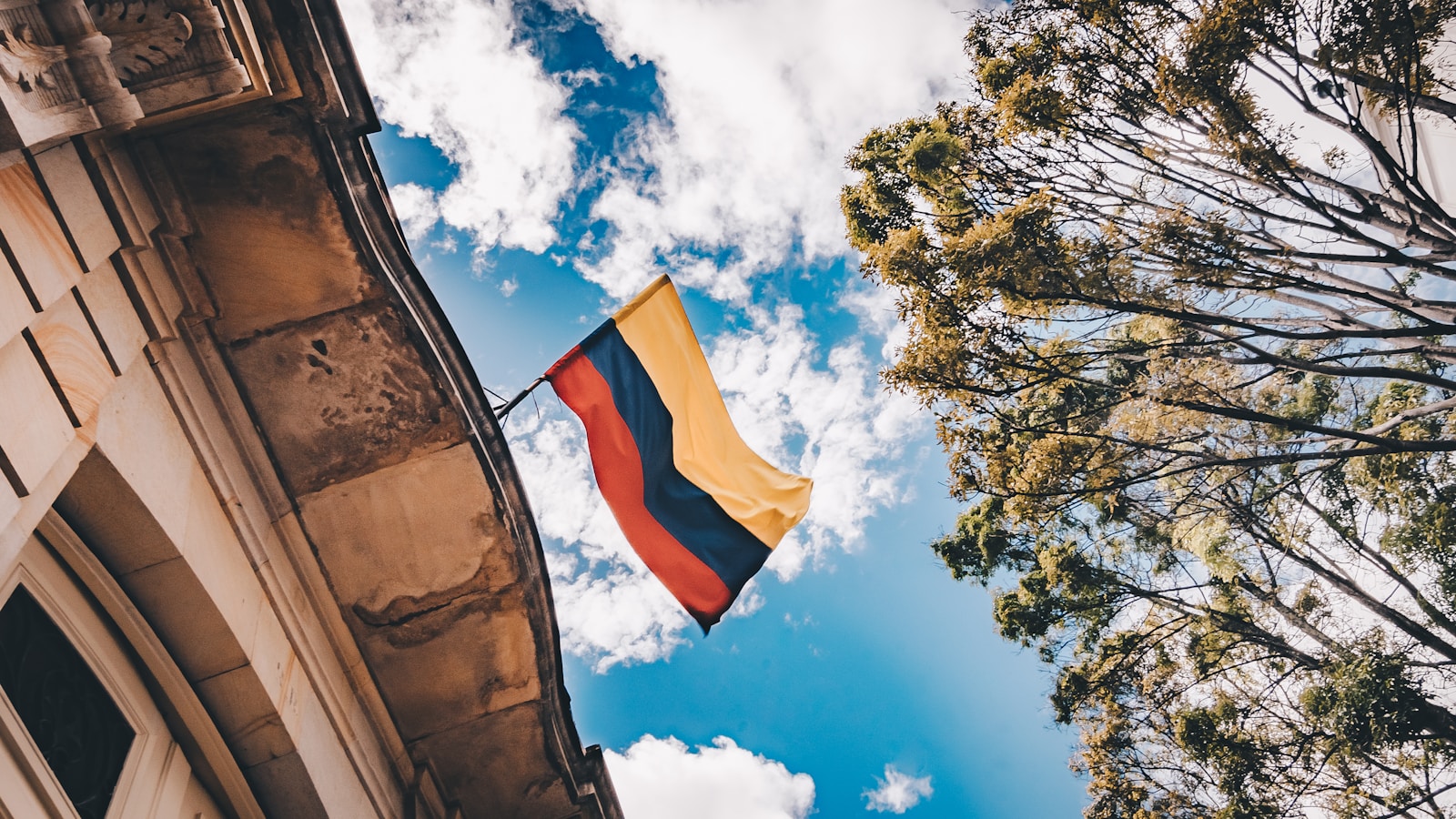
2. **Colombia**:
Securing the second position on Hellosafe’s list of most dangerous nations is Colombia, with a score of 79.21. This ranking places it directly behind the Philippines in terms of the safety risks evaluated by the index’s comprehensive methodology. Hellosafe’s index, which considers factors like societal violence and armed conflict, provides a data-driven perspective on global security.
According to the context provided, a primary reason for Colombia’s high score and second-place ranking is that the country “continue[s] to struggle with high crime rates and kidnapping risks.” These persistent issues directly align with the criteria used by safety indexes to evaluate the level of societal violence and the presence of other dangers that can impact the security of travelers. The continued presence of such risks makes vigilance essential for anyone considering travel to the country.
The Hellosafe index emphasizes that its purpose is to provide a “global index of security and safety based on the largest possible number of objective criteria,” rather than reflecting tourist attractiveness. This distinction is particularly relevant for countries like Colombia, which may have significant tourist appeal. The index’s high score for Colombia serves as a “stark warning” that despite any picturesque qualities, travelers must be mindful of the “very real safety concerns travelers might face” due to the prevalent crime and kidnapping risks.
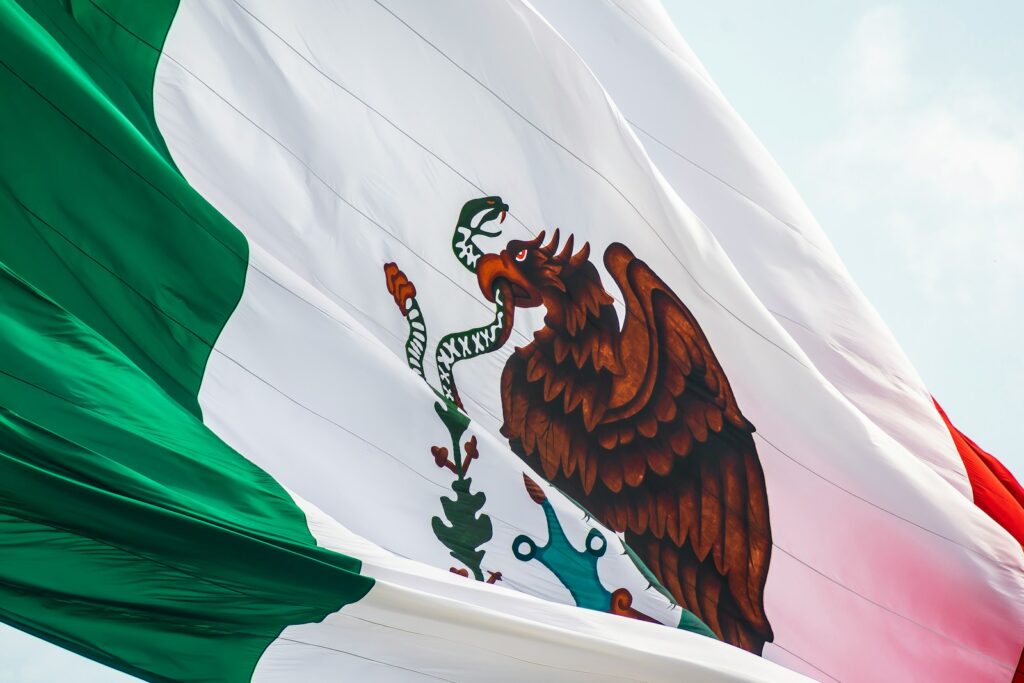
3. **Mexico**:
Following closely behind Colombia on the Hellosafe danger list is Mexico, ranked third with a score of 78.42. This indicates a similar, albeit slightly lower, overall level of evaluated risk compared to the top two nations on the index. The consistent appearance of these countries at the top of danger rankings highlights ongoing challenges related to safety and security.
The context points to the same core issues contributing to Mexico’s ranking as seen with Colombia: the country “continue[s] to struggle with high crime rates and kidnapping risks.” These factors are central to the Hellosafe index’s assessment of societal violence and contribute significantly to a country’s overall danger score. Addressing or mitigating these risks is crucial for improving a nation’s standing on such global safety assessments.
The severity of these issues in Mexico has also led to specific warnings from governmental bodies like the US State Department. According to the text, the high crime and kidnapping risks are serious enough that they are “prompting the US State Department to issue travel warnings for specific regions like Michoacan and Sinaloa in Mexico.” These targeted warnings underscore that while risks can exist nationwide, they may be particularly acute in certain areas, necessitating careful attention to regional advisories alongside overall country ratings.
4. **India**:
Ranking fourth on Hellosafe’s list of most dangerous countries is India, with a score of 77.86. This position, while lower than the top three countries primarily driven by societal violence, is influenced by different factors highlighted in the context, pointing to the diverse criteria used by the index.
The context specifies a key reason for India’s ranking: its position is “influenced by recent escalating tensions with Pakistan over the disputed Kashmir region.” This particular factor directly relates to the Hellosafe index’s category concerning “involvement in armed conflict (internal or external).” The potential for conflict or instability arising from such tensions is a significant consideration when assessing the safety of a country on a global scale, even if the tension is focused on a specific border region.
In a world characterized by “rising global tensions,” the presence of active or escalating disputes between nations becomes particularly relevant for traveler safety. India’s ranking reflects how geopolitical factors and regional conflicts, such as the long-standing tension with Pakistan over Kashmir, can impact a country’s overall score on an index designed to evaluate security based on objective criteria. Such information is crucial for travelers planning trips to regions affected by or proximal to areas of conflict.
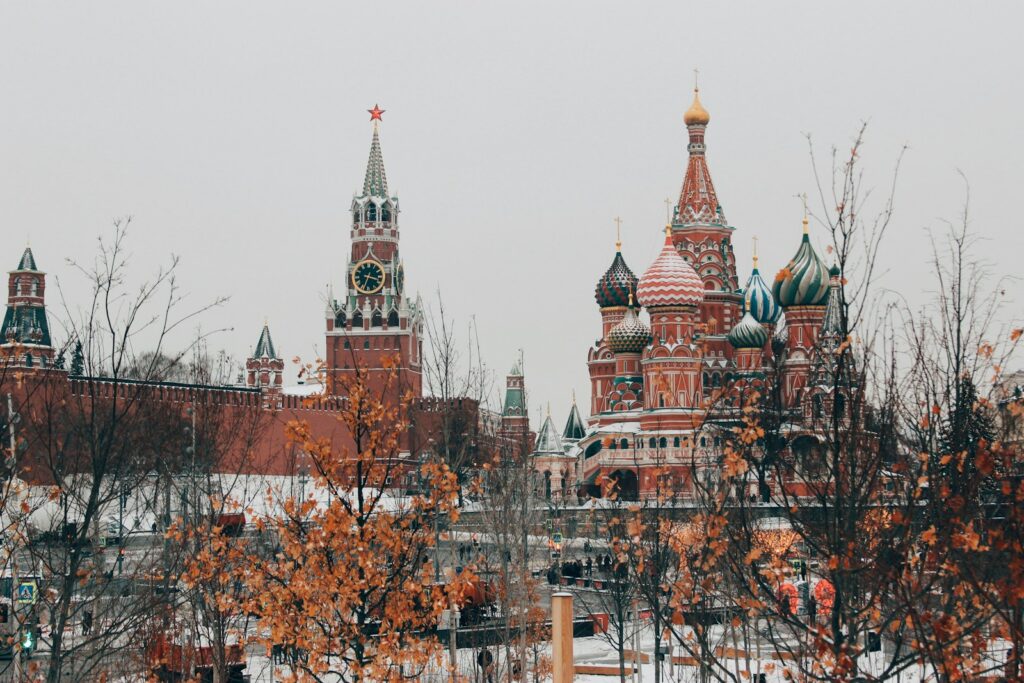
5. **Russia**:
Completing the top five most dangerous countries according to the Hellosafe index is Russia, with a score of 75.65. Like India, Russia’s ranking is directly tied to the presence of armed conflict, underscoring the significant impact this criterion has on safety assessments. The context notes that this score is “unsurprising,” given the specific circumstances the country is involved in.
The explicit reason provided for Russia’s position is the “ongoing Russia-Ukraine conflict.” This ongoing military engagement represents a clear instance of “involvement in armed conflict,” a key category within Hellosafe’s methodology for evaluating a nation’s safety. The presence of active hostilities within or involving a country dramatically increases the potential risks for both residents and visitors, influencing its standing on global safety indexes.
The severity and scale of the conflict are further illustrated by details provided in the context. It mentions that the war “recently saw one of Putin’s largest airstrikes on Kyiv since the war began in 2022.” This specific example highlights the intensity of the conflict and the inherent dangers present, particularly in or near conflict zones. Such events are precisely the type of objective criteria related to armed conflict that would contribute to a country’s high score on a safety index like Hellosafe’s.

6. **Yemen**:
Ranking sixth on the Hellosafe travel safety index is Yemen, with a score of 74.6. While not in the top five, this score still places Yemen firmly among the countries considered highly dangerous by the index’s comprehensive evaluation of factors like societal violence, armed conflict, and health infrastructure.
Yemen’s situation has also drawn significant warnings from governmental bodies, including the United States. According to the context provided, Yemen was a country previously included on the US list for a full or partial ban on entry, indicating a formal assessment by the US government of severe risks warranting such a measure. This historical context underscores a sustained concern about the safety situation within the country from the perspective of US authorities.
Adding to the consensus on the high level of danger, the UK Foreign Office issues stringent advice regarding travel to Yemen. The context states that the FCDO “advises against all travel” to the country. The reason cited for this strong warning is the presence of “unpredictable security conditions.” The combination of a high ranking on an objective safety index and explicit “all travel” warnings from major governments like the US (historically) and the UK (currently) reinforces the classification of Yemen as a highly unsafe destination.

7. **Somalia**:
Further down the Hellosafe list, ranking eighth with a score of 70.8, is Somalia. While its score is lower than the top-ranked nations, it still falls within the range indicating significant safety concerns based on the index’s criteria, which includes factors like societal violence and involvement in armed conflict.
Like Yemen, Somalia is a country that has been the subject of formal warnings and restrictions from the US government in the past. The context mentions that Somalia was also a country previously on the US list for a full or partial ban. This historical measure by the US highlights a period where the risks within Somalia were deemed severe enough to warrant significant restrictions on entry to the United States for individuals from the country.
The UK Foreign Office also maintains a high level of warning regarding travel to Somalia, albeit with a specific focus on certain areas. The context states that the FCDO “advises against all travel to parts” of the country. It specifically mentions “eastern Somaliland and Western Somaliland” as regions to avoid due to “security issues.” This regional specificity in the UK’s advice suggests that while danger may not be uniform across the entire nation, certain areas present particularly high risks for travelers, contributing to its overall categorization as unsafe.
Navigating the landscape of global safety requires looking at multiple sources, as different governments and organizations assess risks based on varying criteria and perspectives. While the Hellosafe index offers a data-driven look at safety factors, governmental advisories, like those from the US State Department and the UK Foreign, Commonwealth & Development Office (FCDO), provide critical guidance often rooted in on-the-ground assessments, geopolitical considerations, and the ability to offer consular assistance.
As we continue our exploration of countries where caution is strongly advised, it becomes clear that warnings aren’t solely based on crime statistics or conflict zones. They also reflect diplomatic relations, cooperation on security matters, and even administrative issues like the reliability of identity documents. Understanding the breadth of reasons behind these stringent advisories provides a more complete picture of the challenges travelers might face in destinations deemed unsafe by major governments.
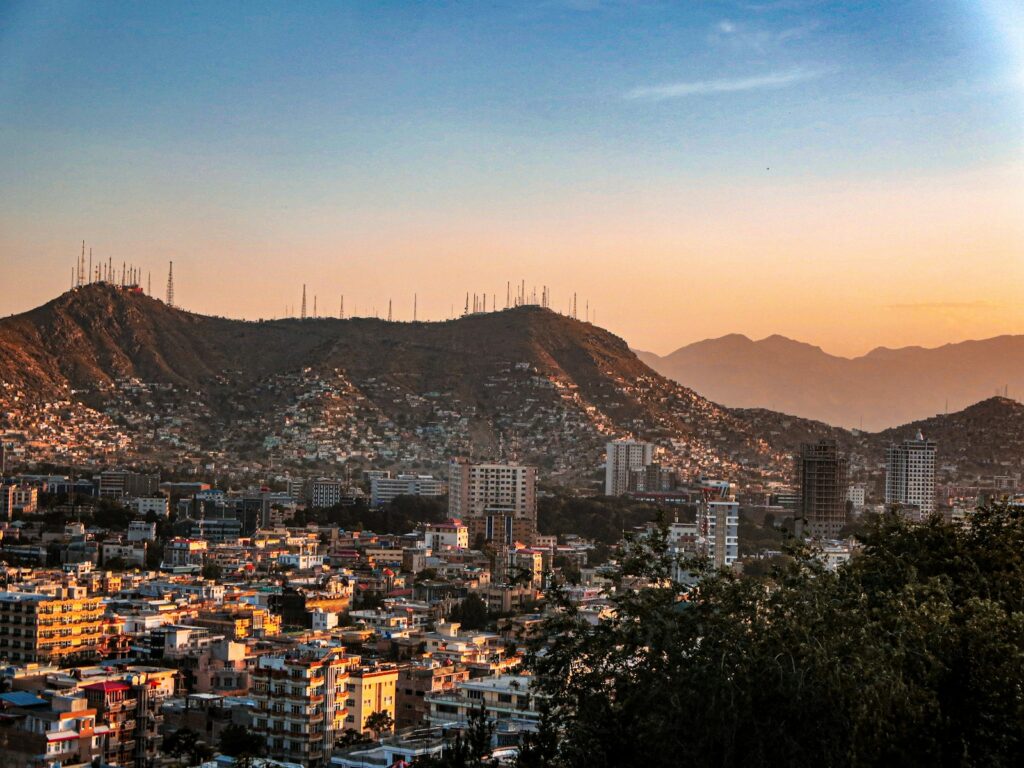
8. **Afghanistan**:
This nation is explicitly included on the UK Foreign, Commonwealth & Development Office’s list where they advise against “all travel.” The reason cited by the FCDO for this stringent warning is that the “security situation is volatile.” Such a description indicates that the environment is unstable and subject to rapid changes, making it inherently risky for foreign visitors.
Afghanistan was also previously on the US list for a full or partial ban on entry. While the specific criteria for this older ban aren’t detailed for each country individually, the context mentions general factors considered, such as failure to issue reliable identity documents, questionable passport security, widespread government corruption, or failure to cooperate with US deportations. The confluence of volatile security conditions and past US concerns underscores the significant dangers present.
Even with the general risks, the context highlights that the US administration did carve out exemptions for certain individuals when the previous ban was in place. This included people with visas who were already in the United States, specifically mentioning those from Afghanistan on Special Immigration Visas, indicating that while general travel was restricted, specific cases were considered based on existing ties or circumstances.

9. **Belarus**:
Another country where the UK Foreign, Commonwealth & Development Office advises against “all travel” is Belarus. The specific warning provided by the FCDO for this country is concise yet stark: “You face a significant risk of arrest.” This points to potential dangers arising directly from the authorities or the political situation within the nation, rather than just general crime or conflict.
The risk of significant arrest suggests that foreign nationals could be targeted or caught up in internal security measures or political crackdowns. This type of warning goes beyond typical travel precautions and implies a direct threat to personal liberty simply by being present in the country. Such a risk would certainly contribute to a country being deemed unsafe by governmental bodies concerned for their citizens’ welfare abroad.
While Belarus isn’t explicitly mentioned on the historical US travel ban list detailed in the context, the criteria considered for *potential* bans included widespread government corruption, failure to cooperate with US deportations, and allegations of anti-American activity. Any of these factors, if present, could align with a situation where foreign nationals, particularly from Western countries, might face arbitrary actions or significant risks from state authorities, reinforcing the UK’s warning.
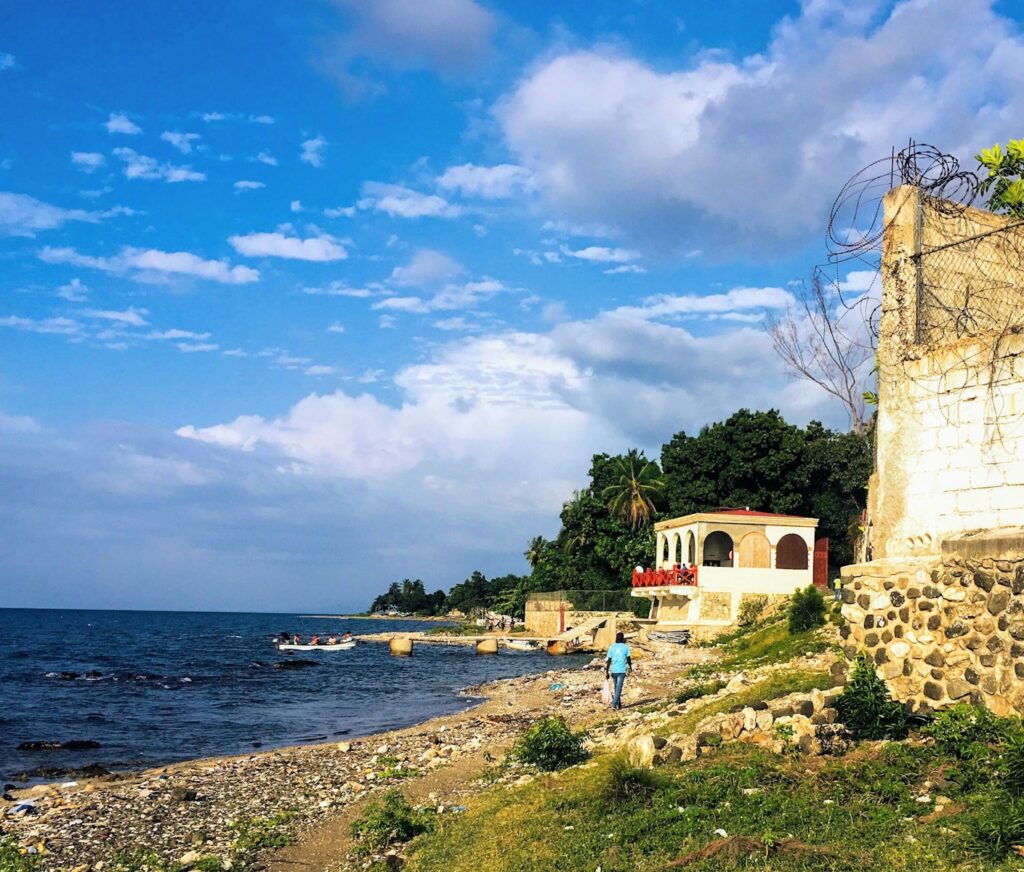
10. **Haiti**:
The Caribbean nation of Haiti is also on the UK Foreign, Commonwealth & Development Office’s list advising against “all travel.” The FCDO’s stated reason for this high level of warning is “Due to the volatile security situation.” This mirrors the concern expressed for Afghanistan, indicating an environment where safety conditions are unstable and unpredictable, posing substantial risks to visitors.
Haiti was also among the countries previously included on the US list for a full or partial ban on entry. This indicates that at the time of that ban, the US government also formally assessed the situation in Haiti as presenting severe risks that warranted significant restrictions on travel or entry to the United States for individuals from the country, aligning with the UK’s current assessment of a volatile security situation.
The nature of a volatile security situation in a country like Haiti can encompass various threats, including civil unrest, high crime rates, or other forms of instability that governmental advisories aim to warn citizens about. Both the UK and US warnings, past and present, underscore a persistent concern about the fundamental safety and security environment in Haiti for foreign nationals.

11. **Iran**:
Iran is another country where the UK Foreign, Commonwealth & Development Office advises against “all travel.” The specific reason provided for this warning is particularly directed at certain individuals: “British nationals are at significant risk of arrest.” This suggests that individuals holding UK citizenship might be at heightened risk of detention or arbitrary action by the authorities.
Like Afghanistan and Haiti, Iran was also previously included on the US list for a full or partial ban on entry. While the context doesn’t detail the specific reasons for Iran’s inclusion on the US list, the general criteria considered for potential bans mentioned governmental issues, such as failure to cooperate with US deportations or allegations of terrorism and anti-American activity. These factors could potentially contribute to a climate where foreign nationals face risks from the state.
The convergence of warnings from both the UK and the US, highlighting risks specifically related to arbitrary arrest or entry restrictions, points to challenges beyond general safety concerns. It suggests a political or security environment where foreign visitors might face dangers related to international relations or internal security priorities of the host country, making governmental warnings particularly crucial.
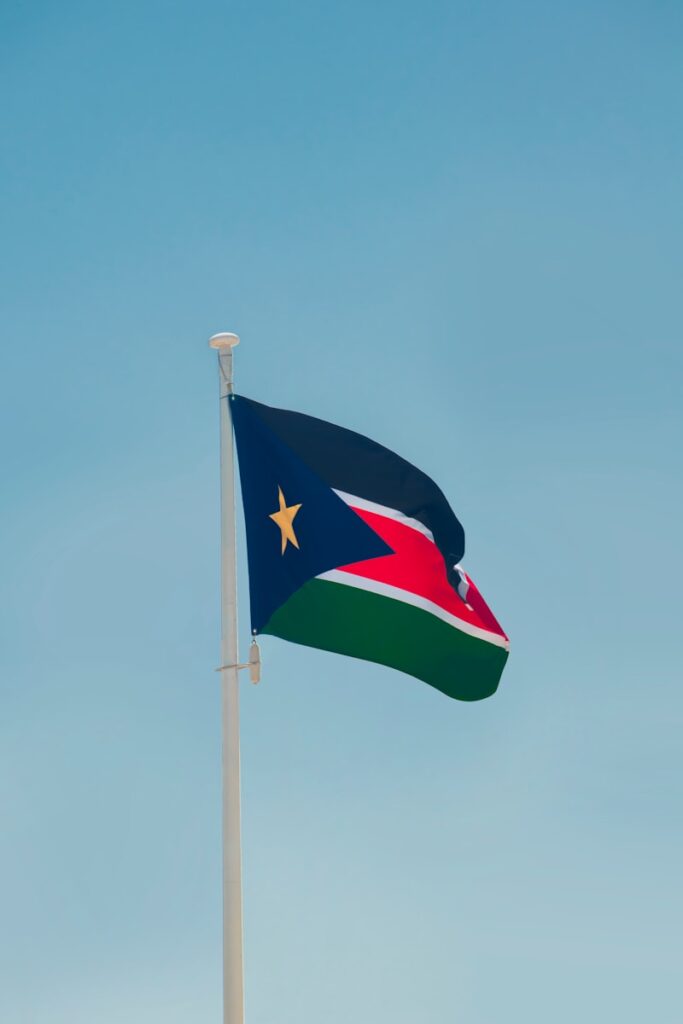
12. **South Sudan**:
South Sudan is featured on the UK Foreign, Commonwealth & Development Office’s list advising against “all travel.” The FCDO’s explicit reason for this warning is “Due to the risk of armed violence and criminality.” This indicates that the primary dangers stem from conflict, potentially internal, and high levels of crime, creating a hazardous environment for anyone entering the country.
This nation is also mentioned in the context as being among the 36 countries that were being considered for potential full or partial bans on entry to the US based on a State Department cable. While this was a potential measure and the final outcome isn’t detailed, its inclusion on this list suggests that the US government also had significant concerns about the conditions in South Sudan that could warrant such drastic restrictions on travel or entry.
The dual mention of South Sudan on both the UK’s current ‘all travel’ advisory due to armed violence and criminality, and the US’s historical consideration for entry bans, reinforces the assessment of this country as facing severe safety challenges. Such conditions present significant risks to international visitors, aligning with the criteria used by governments to issue their most stringent warnings.

13. **Syria**:
Syria is included on the UK Foreign, Commonwealth & Development Office’s list advising against “all travel.” The FCDO’s reason cited for this warning is “Ongoing conflict and unpredictable security conditions.” This clearly points to the presence of active hostilities and a generally unstable and dangerous security environment throughout the country.
Furthermore, Syria is listed among the 36 countries the US administration was considering for potential full or partial bans on entry based on a State Department cable. The criteria for this potential action included factors like failure to issue reliable identity documents, questionable passport security, widespread government corruption, failure to cooperate with US deportations, or allegations of terrorism and anti-American activity. While ‘ongoing conflict’ is the prominent reason from the UK, the US considerations suggest other underlying issues could also be present.
The consistent high-level warnings from both the UK and the US regarding Syria emphasize the extreme dangers posed by the combination of active conflict and unpredictable security conditions. These factors create an environment where general travel is deemed unsafe, prompting governments to advise their citizens unequivocally against visiting.

14. **Libya**:
Libya was among the countries previously included on the US list for a full or partial ban on entry. The context lists Libya alongside countries like Afghanistan, Iran, Somalia, and Yemen, all of which have faced significant security challenges or diplomatic tensions with the US.
While the context doesn’t provide the specific detailed reasoning for Libya’s inclusion on this historical US ban list, the general criteria for considering bans mentioned issues such as failure to issue reliable identity documents, questionable security of passports, widespread government corruption, or failure to cooperate with US deportations, along with allegations of terrorism, antisemitism, and anti-American activity. Any combination of these factors could have contributed to the decision to implement a travel restriction at the time.
The presence of Libya on this previous US ban list, alongside other nations explicitly flagged for severe risks like volatile security or conflict in the context, indicates that it too was assessed by the US government as posing significant enough dangers or non-compliance issues to warrant formal travel restrictions. Travelers looking at historical advisories would see this as a point of serious concern when evaluating safety.
Understanding the various layers of travel advisories – from subjective indexes to formal governmental warnings and historical bans – is crucial for making informed decisions about international trips. Different sources highlight different facets of risk, whether it’s the prevalence of societal violence, the stability of the political environment, or the potential for consular challenges. While some travelers may dismiss perceived risks as overstated, the official stances of bodies like the US State Department and the UK Foreign Office serve as serious indicators of potential dangers that shouldn’t be ignored. Consulting these resources helps ensure that your travel plans are as safe and secure as possible, allowing you to focus on the experience rather than navigating unforeseen hazards.

